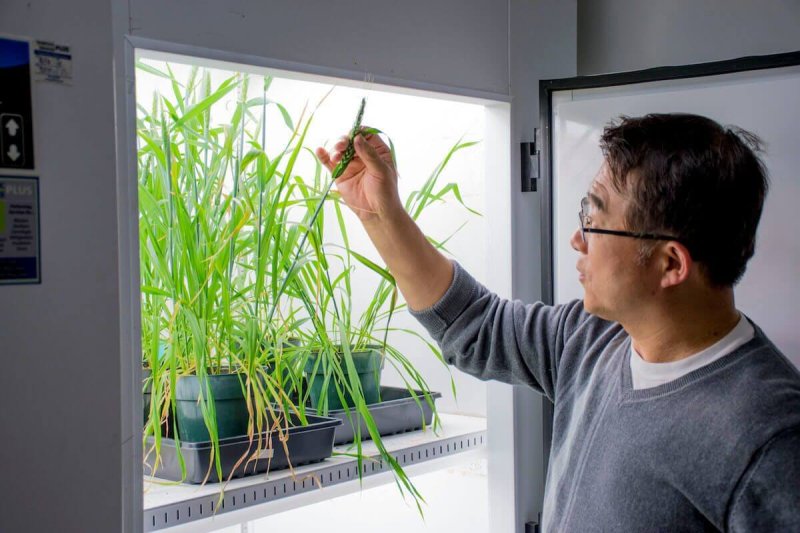Experts estimate we’ll be eating the first CRISPR produce — likely strawberries or another type of fruit — within five to ten years.
…
These genetically modified foods could be the key to solving a looming problem. The world’s population is growing exponentially, so much so that farmers will need to grow 70% more food on the same amount of land to feed everyone.
…
Sophisticated, all-inclusive gene-editing packages such as CRISPR and other closely related techniques are as fast as they are cheap. Scientists are already using CRISPR to make crops, cows, and pigs that are healthier, better equipped to handle heat and drought, and more resistant to pests and disease.
Where traditional breeding methods — including GMOs — hack away at a crop’s genome with a dull blade, tools like CRISPR slice and reshape with scalpel-like precision.
It is a technology that many experts say is capable of saving the planet from starvation, but only if the public will permit it.
…
“The more people care about their food and the environment, the more I believe it will drive them into the arms of biotechnology,” [Jason Kelly, the CEO of a biotech company called Gingko Bioworks] said.
Read full, original post: A controversial technology could save us from starvation — if we let it































